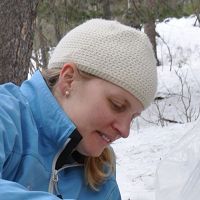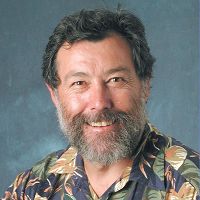Williams et al, 2011
Stream water chemistry along an elevation gradient from the Continental Divide to the Foothills of the Rocky Mountains.
Williams, M.W., Barnes, R.T., Parman, J.N., Freppez, M., and Hood, E.W. (2011)
Vadose Zone Journal 10: 900-919.
-
Boulder, INVESTIGATOR
-
Boulder, INVESTIGATOR
Abstract
Small changes in the flux of energy, chemicals, and water to mountain catchments may invoke large changes in the local climate, ecosystem dynamics, and water quantity and quality. The Landscape Continuum Model (LCM) was developed in part to improve our understanding of how high-elevation ecosystems might respond to future perturbations. We sampled water chemistry along the main stem of Boulder Creek in the Colorado Front Range from the foothills to the Continental Divide, along with four headwater catchments, to address two questions: (i) Is there value in extending the LCM concept to lower-elevation headwater catchments? (ii) Is a “space-for-time” substitution along an elevational gradient appropriate when there are changes in ecosystem type? Our results show that the hydrochemistry of headwater catchments along the elevational gradient of Boulder Creek was different when compared to the main stem. Headwater catchments amplified the fluxes of inorganic and organic solutes when compared with sites at similar elevations along the main stem of Boulder Creek, consistent with the LCM. Our results also suggest a space-for-time substitution along an elevational gradient is warranted for at least some biogeochemical processes when there is a switch from the snow to rain transition in annual precipitation. For example, the high concentrations of base cations and dissolved organic carbon in the foothills catchment when compared with higher elevation catchments is consistent with increased rates of biogeochemical cycling with increasing air temperature at lower elevations. However, the low-elevation catchment had a lower specific discharge than other catchments with similar annual precipitation, but higher percentages as snowfall, resulting in decreased fluxes of these products.
Citation
Williams, M.W., Barnes, R.T., Parman, J.N., Freppez, M., and Hood, E.W. (2011): Stream water chemistry along an elevation gradient from the Continental Divide to the Foothills of the Rocky Mountains. Vadose Zone Journal 10: 900-919.. DOI: 10.2136/vzj2010.0131
 This Paper/Book acknowledges NSF CZO grant support.
This Paper/Book acknowledges NSF CZO grant support.
Explore Further


